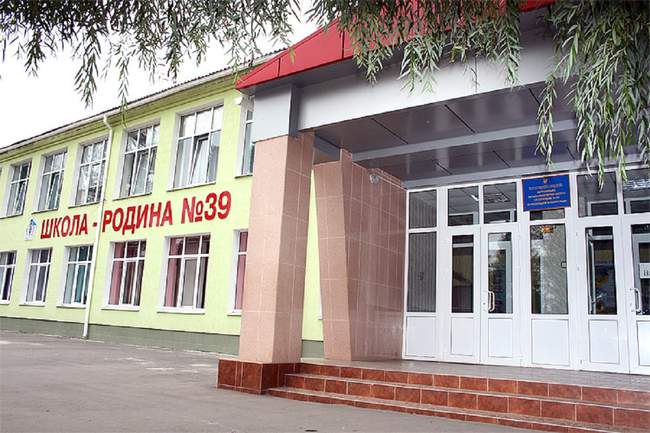Меню
Social networks
Sections
March 4, 2025, 8:26 p.m.
Kherson Approves 2027 Plan for Specialized Secondary Education Network
Цей матеріал також доступний українською196

Photo: school39.org.ua
The Kherson region has approved a plan to develop a network of schools that will provide specialized secondary education services starting in 2027.
The relevant order was published on the official website of the Kherson Regional State Administration.
According to the plan, the following main activities will be carried out: optimization of classes in schools depending on their actual occupancy, updating data on students in the educational complex "Automated Information Complex of Educational Management", and consolidation of service areas to ensure access to education for all school-age children.
By 2025, educational institutions providing specialized secondary education will stop enrolling students in the first grade. Starting in 2026, public discussions are planned to be held on changing the type of schools and abolishing the status of hub schools for those that will provide specialized education.
In 2027, a competition will also be held for teachers who will teach specialized subjects, as well as curriculum adjustments to identify areas of specialized education.
The transformation of the educational network should be completed by September 1, 2027.
Meanwhile, a plan for the transformation of general secondary education in Odesa, which will last until 2027, was presented at a meeting of the Standing Committee on Education, Sports and Cooperation with Public Organizations. Out of 120 general secondary education institutions, 118 will remain. Two educational institutions - elementary schools No. 292 and No. 313 - will become full-fledged kindergartens, as they already perform these functions. Thus, instead of 10 elementary schools, the city will have 8.
In 2025, universities in Mykolaiv, Odesa, and Kherson regions will receive more than UAH 24 million to support basic and applied research. In particular, the funding was distributed among nine higher education institutions in the southern region.











